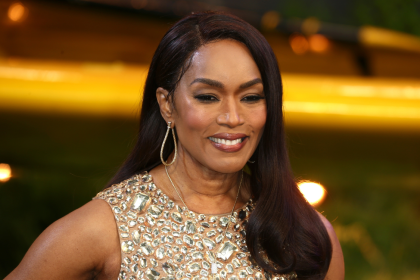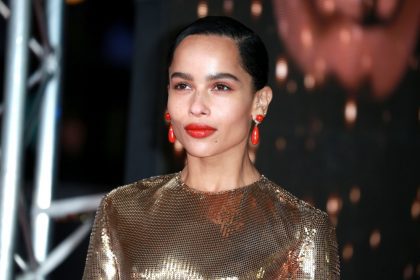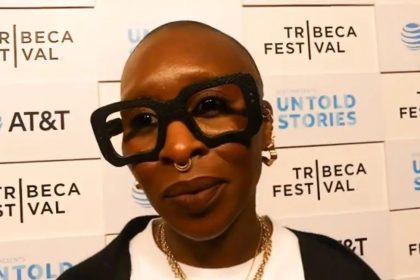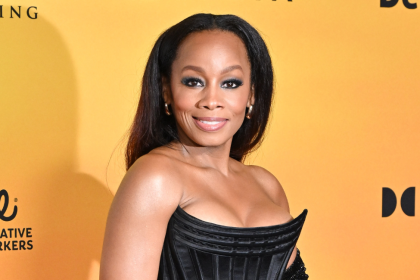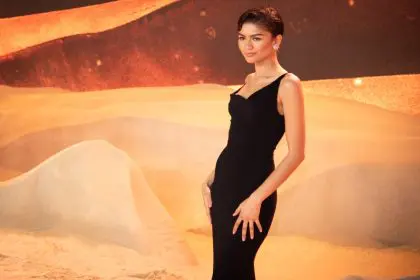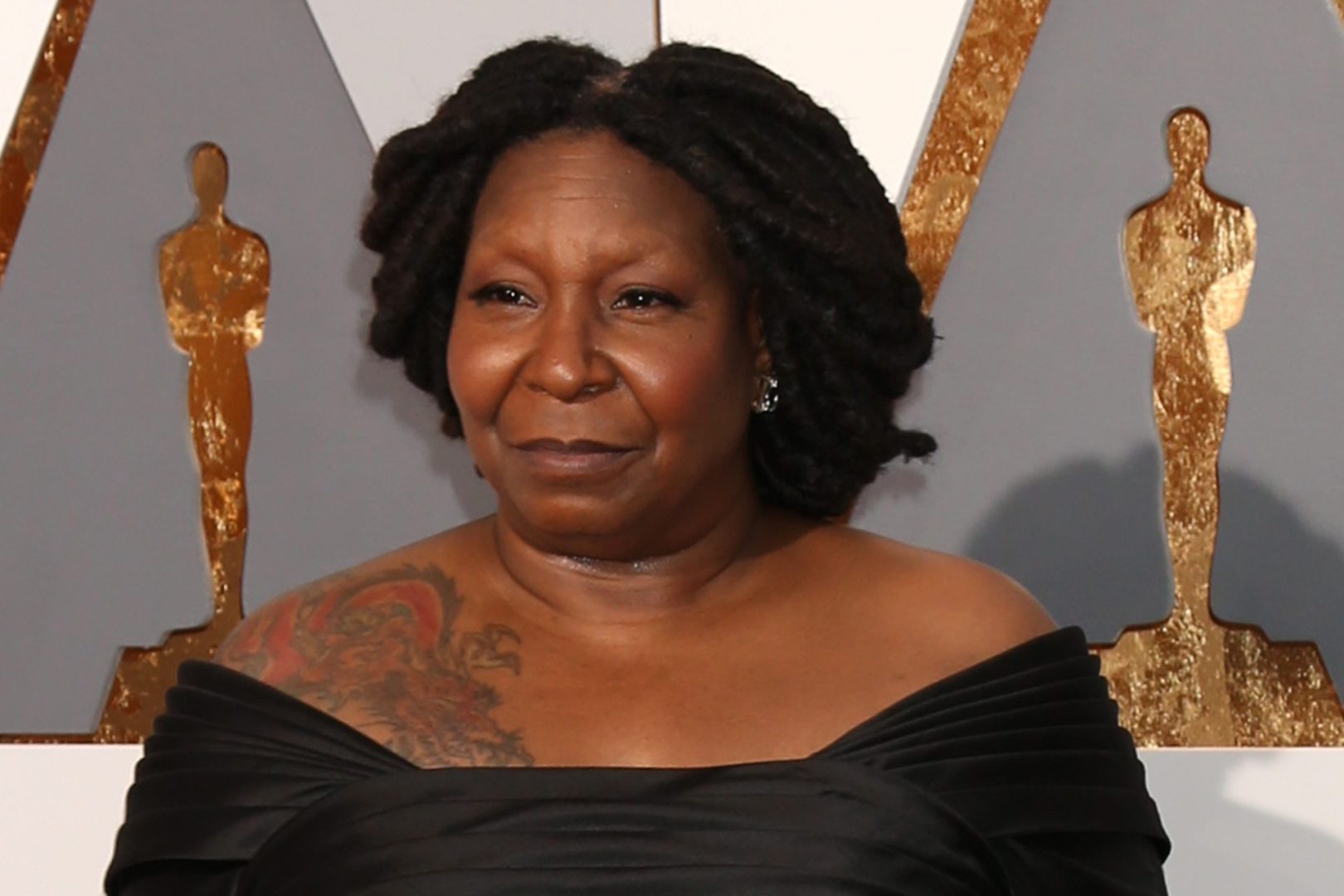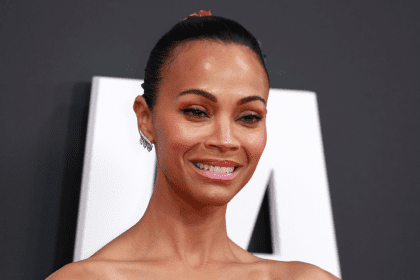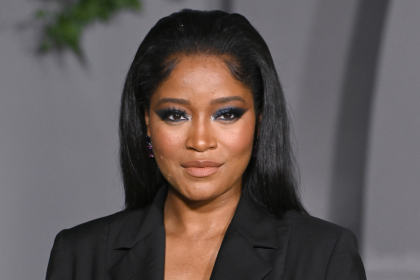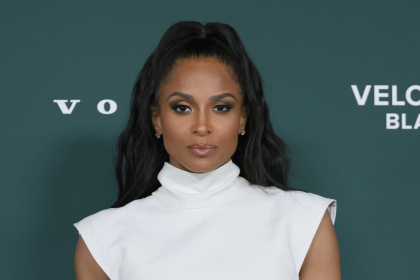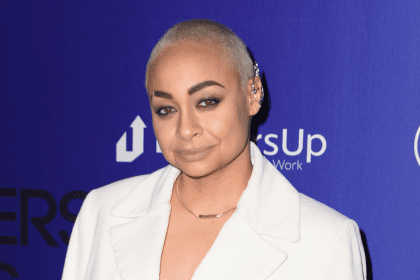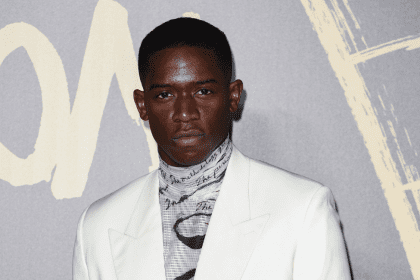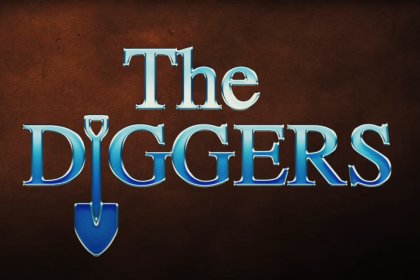Why did you pick Juilliard, and how did you set yourself up to achieve that goal?
It became a goal very early on. I saw Save The Last Dance, and so that definitely was my introduction to Juilliard. I can’t even front. … And then beyond the movie, I heard so many great things about it moving forward. And definitely when I was at Booker T. [Washington High School l for the Performing and Visual Arts in Dallas], so many of the seniors I looked up to graduated and moved on to Juilliard and so many amazing schools, but I saw Juilliard as being the best. I knew that I needed to be at the best school to make my visions a reality, and then [I] also [thought about] just the power of representation. I knew how amazing it would be for kids coming after me to see like this girl from Oak Cliff [a neighborhood in Dallas] made it to Juilliard.
How did you end up at Sundance? What’s the selection process, and how do you feel now that you’re there?
It was actually my friend watching out for me, which I just think is so important. Someone approached one of my friends and asked him if he was interested in a small project. He didn’t have any idea what it was. They didn’t say much. They’re like, “Oh, we need this type of dancer, like a dancer that can Lindy Hop and swing.” And he was like, “That’s not my thing, but Amber loves that.” [That’s] because I’m always telling people the importance of social dance and how, more specifically, Black millennials should do it because a lot of our elders are passing away, and it’s becoming more Eurocentric now even though it started right here in Harlem on the streets. He just passed it on to me, and then she was like, “Yeah, I’m working on this project, and they need a dancer.” I was like, “Cool.” She gave me the director’s number. The rest is history.

